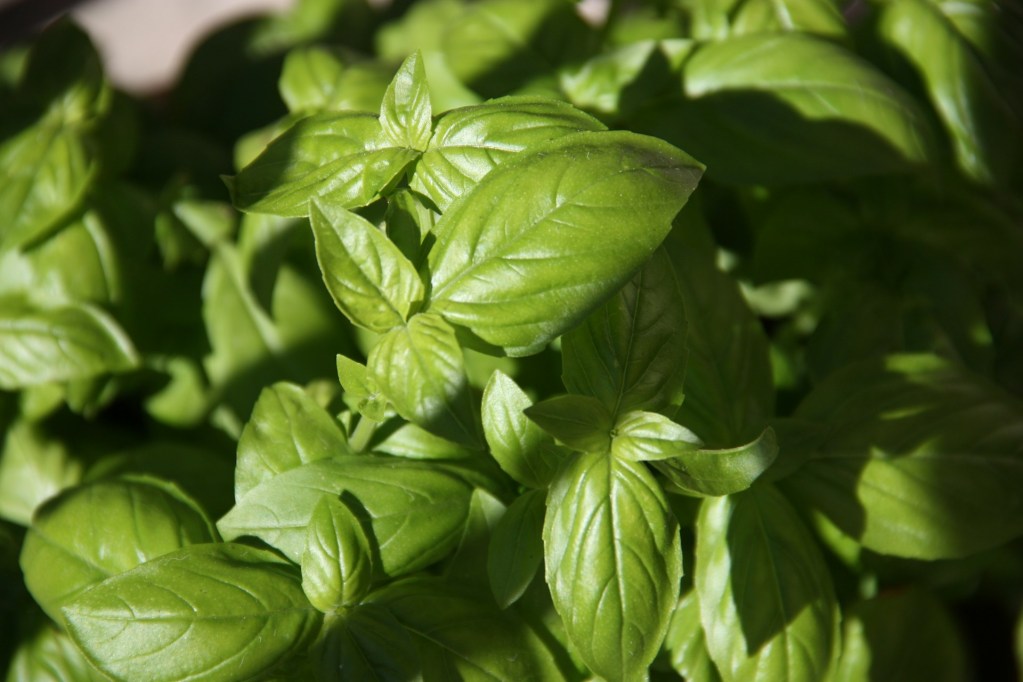
In addition to being an incredibly versatile kitchen herb, basil is also very easy to grow inside of your home. If you’ve always wanted to grow food but never had the time or space to do so, basil is a low-maintenance plant that you can grow right by your windowsill. As a bonus, it comes back even fuller when you cut it back to use up its aromatic leaves in your favorite recipes. To learn how to grow basil indoors, here’s a handy guide to get you started.

How can you start growing basil indoors?
People most often grow basil indoors during winter and early spring, but it’s possible to keep a basil plant indoors during any season. You can pretty much find basil plants at the grocery store all times of year, so you can get started with a healthy, full-grown plant if you find that easier to manage. With mature plants, you just need to repot your basil in a more spacious container to give its roots breathing room.
Basil is also easy to grow from cuttings, which means you can ask a fellow gardener for a few sprigs to root. If you’d like to start entirely from scratch, you can easily grow basil from seed, as it only takes about two weeks to sprout. (Just be sure to keep the soil warm!) If you plan on bringing your basil seedling outside to transplant, start your seeds around a month or two before the last frost in your area.
However you grow basil indoors, you want to keep it by a brightly lit window, preferably a south-facing window. Basil needs six hours of full sun per day, and you might need to invest in grow lights if you don’t naturally get a lot of light in your home. When it comes to temperature, room temperature should suffice, but you should pull your plant away from your window if it is particularly drafty there. You should also keep your plant in well-draining soil and be sure to water it often without leaving the growing medium soggy.

General care tips for growing basil indoors
Basil isn’t a fussy plant whatsoever, but keeping a few care tips in mind can really allow it to thrive inside your home. Here are some simple tips to keep your basil plant happy and healthy.
- When you start growing basil from seed, it might help to place it on a heating mat. Basil seeds need a soil temperature around 75 to 85 degrees Fahrenheit to germinate.
- Basil doesn’t need a lot of fertilizer. A monthly feeding of a diluted all-purpose liquid fertilizer should be sufficient.
- Prune your plant back to keep it from getting leggy. Cutting your plant back even encourages bushier growth. Plus, you get the benefit of enjoying your homegrown herb in delicious recipes, like pesto!
- Basil is generally a cold-sensitive annual, which means you need to bring it indoors to keep it thriving. Do keep in mind that even indoors, basil will eventually go to seed.
Basil can be a fresh and aromatic addition to your favorite dishes, and the good news is that it’s easy to grow. With these indoor growing care tips in mind, you won’t even need to step foot outside, let alone make the trip to your local grocery store.



